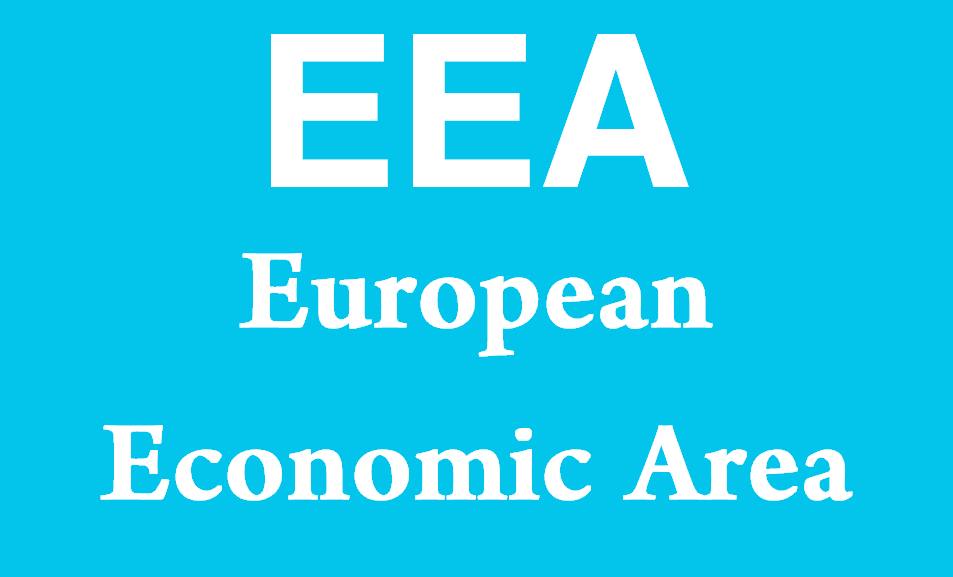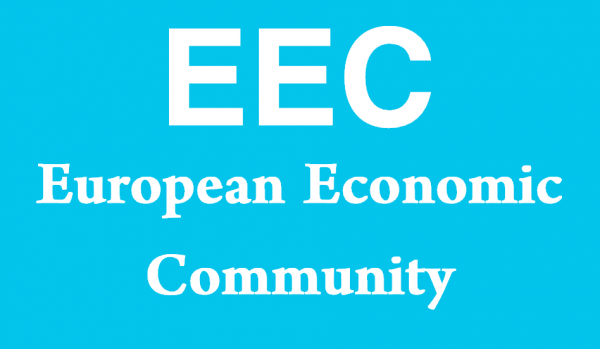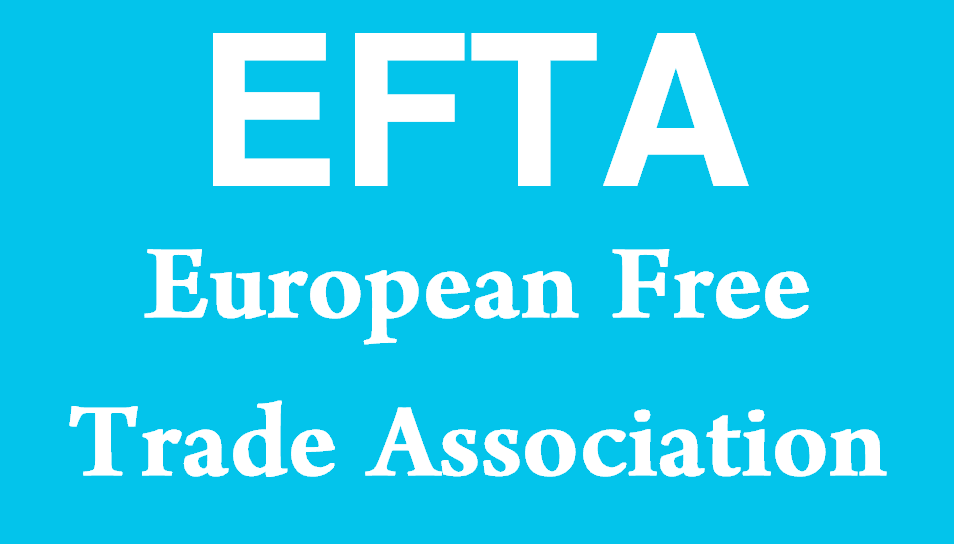What does EEA stand for?
EEA stands for the European Economic Area, an agreement that extends the European Union’s single market to include three non-EU countries: Norway, Iceland, and Liechtenstein. This comprehensive explanation will explore the history, objectives, functions, and impact of the European Economic Area, provide practical notes for importers dealing with the EEA, offer sample sentences illustrating the use of the acronym EEA, and include a detailed table listing 20 other meanings of the acronym in various contexts.

Comprehensive Explanation of European Economic Area
History and Establishment
The European Economic Area (EEA) was established on January 1, 1994, following the signing of the EEA Agreement in 1992. The EEA Agreement allows Norway, Iceland, and Liechtenstein to participate in the EU’s single market without being full EU members. The EEA was created to promote economic integration and cooperation between the EU and the European Free Trade Association (EFTA) countries, ensuring that goods, services, capital, and people can move freely within the EEA.
Objectives and Goals
The primary objectives of the EEA are:
- Market Integration: To create a seamless single market for goods, services, capital, and people.
- Economic Cooperation: To enhance economic ties between the EU and EFTA countries.
- Regulatory Harmonization: To ensure that EEA countries adopt EU regulations and standards to facilitate smooth trade and cooperation.
- Consumer Protection: To provide a high level of consumer protection across the EEA.
Functions and Activities
The EEA undertakes various functions to achieve its objectives:
- Single Market Access: The EEA Agreement grants EFTA countries access to the EU’s single market, allowing for the free movement of goods, services, capital, and people.
- Regulatory Alignment: EEA countries adopt EU legislation related to the single market to ensure a level playing field and regulatory consistency.
- Economic Cooperation: The EEA promotes economic cooperation and integration through various programs and initiatives that benefit all member states.
- Consumer Protection and Standards: The EEA enforces EU standards and regulations in areas such as consumer protection, environmental protection, and competition policy.
- Dispute Resolution: The EEA includes mechanisms for resolving disputes between member states, ensuring smooth and fair implementation of the EEA Agreement.
Impact and Achievements
The EEA has had significant impacts and achievements, including:
- Enhanced Trade and Investment: The EEA has facilitated increased trade and investment between the EU and EFTA countries by providing a stable and predictable market environment.
- Regulatory Consistency: The alignment of regulations and standards across the EEA has simplified business operations and reduced compliance costs for companies operating in multiple countries.
- Consumer Benefits: The adoption of EU consumer protection laws has improved safety and quality standards for consumers in EEA countries.
- Economic Growth: The EEA has contributed to economic growth and development in EFTA countries by providing access to the EU’s large and dynamic market.
Notes to Importers
Understanding EEA Trade Policies
Importers dealing with the EEA must understand the trade policies and regulations that govern the single market, including:
- Rules of Origin: Goods must meet specific rules of origin to benefit from tariff-free access within the EEA. Importers should ensure that their products comply with these rules.
- Product Standards and Regulations: Products imported into the EEA must comply with EU standards and regulations. This includes requirements related to safety, labeling, and environmental impact.
- Customs Procedures: Importers should be familiar with the customs procedures in EEA countries to ensure smooth and efficient clearance of goods.
Benefits of Trading with the EEA
Importers can leverage several benefits when trading with EEA countries:
- Single Market Access: Importers have access to a large and integrated market, reducing trade barriers and facilitating the movement of goods and services.
- Harmonized Standards: The adoption of EU standards across the EEA simplifies compliance and ensures high-quality products.
- Economic Stability: The EEA provides a stable and predictable market environment, encouraging long-term trade and investment.
Risk Management and Compliance
To mitigate risks and ensure successful imports, consider the following best practices:
- Due Diligence: Conduct thorough due diligence on suppliers and partners to ensure reliability and compliance with EEA regulations.
- Regulatory Compliance: Ensure that all products meet the relevant EU standards and regulations to avoid delays and penalties.
- Supply Chain Management: Develop robust supply chain management strategies to ensure timely and efficient delivery of goods.
Sustainable and Ethical Sourcing
Given the increasing emphasis on sustainability and ethics, importers should prioritize sourcing from suppliers who adhere to sustainable and ethical practices, ensuring compliance with international labor and environmental standards.
Sample Sentences Containing EEA and Their Meanings
- “The EEA agreement allows Norway, Iceland, and Liechtenstein to participate in the EU’s single market.”
- This sentence explains the scope of the EEA agreement and its inclusion of non-EU countries in the single market.
- “Importers must ensure their products comply with EEA regulations to benefit from tariff-free access.”
- This sentence emphasizes the importance of regulatory compliance for importers to enjoy tariff-free trade within the EEA.
- “The EEA facilitates the free movement of goods, services, capital, and people across its member states.”
- This sentence highlights the core principle of the EEA in promoting the free movement of essential economic elements.
- “By aligning their regulations with the EU, EEA countries provide a consistent market environment for businesses.”
- This sentence points out the regulatory alignment between EEA and EU countries, creating a stable market for businesses.
- “EEA membership has significantly boosted economic growth and development in participating countries.”
- This sentence indicates the positive impact of EEA membership on the economies of participating countries.
Other Meanings of EEA
The acronym EEA can have various meanings depending on the context. The table below provides a detailed overview of 20 alternative meanings:
| Acronym | Full Form | Description |
|---|---|---|
| EEA | European Economic Area | An agreement that extends the EU’s single market to include three non-EU countries. |
| EEA | Environmental Education Association | An organization dedicated to promoting environmental education and awareness. |
| EEA | Energy Efficiency Alliance | A coalition aimed at promoting energy efficiency and sustainable energy practices. |
| EEA | European Environment Agency | An agency of the European Union providing independent information on the environment. |
| EEA | Electronic Entertainment Expo | An annual trade event for the video game industry, also known as E3. |
| EEA | Eastern Economic Association | An academic association focused on the study and promotion of economics in the eastern United States. |
| EEA | Emergency Evacuation Assistance | Services provided to assist in the safe evacuation of people during emergencies. |
| EEA | Early Entrance Academy | A program that allows gifted students to enter college early, bypassing the traditional high school route. |
| EEA | Endangered Ecosystems Alliance | An organization focused on the protection and conservation of endangered ecosystems. |
| EEA | European Endocrine Association | A professional organization for endocrinologists and researchers in Europe. |
| EEA | Employee Assistance Program | Programs offered by employers to help employees with personal problems and work-related issues. |
| EEA | Eastern European Alliance | A coalition of Eastern European countries for political and economic cooperation. |
| EEA | Electrical Engineering Association | A professional body representing electrical engineers and promoting the field of electrical engineering. |
| EEA | End-to-End Automation | The complete automation of business processes from start to finish using technology. |
| EEA | Enhanced Environmental Assessment | A comprehensive evaluation of environmental impacts and sustainability measures for projects. |
| EEA | European Emergency Assistance | A program providing aid and support during crises and emergencies in Europe. |
| EEA | Extended Enterprise Architecture | An approach to enterprise architecture that extends beyond the organization to include partners and suppliers. |
| EEA | Ecological Economics Association | An association promoting the study and practice of ecological economics, focusing on sustainability. |
| EEA | European Ethnological Association | An organization dedicated to the study of ethnology and cultural anthropology in Europe. |
| EEA | Expert Evaluation Agency | An agency responsible for evaluating and accrediting educational and professional programs. |






